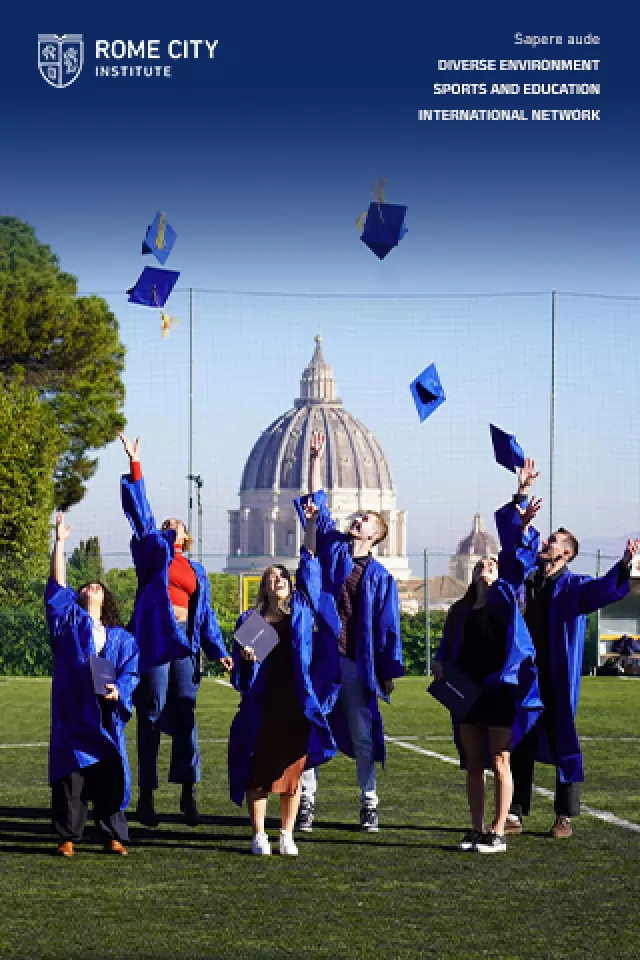Discoveries at the Palazzo del Quirinale.
The Palazzo del Quirinale will open to the public for ten days in May to show off the restoration of 17th century friezes that have hidden from view for over a century. The discoveries were made over the last seven years during routine maintenance work in the palazzo, which was built in 1583 by Pope Gregory XIII as a residence for the papacy but is now the seat of the president of the republic.
Perhaps the most impressive find is the elaborate fresco masterminded by Pietro da Cortona (1596-1669) for Pope Alessandro VII Chigi in 1655 in the Galleria Alessandro VII. The fresco originally ran the length of a long corridor leading from the popes bedroom to a chapel, but it was covered over in 1811-12 during the Napoleonic occupation of Rome. The large windows overlooking the courtyard along one side of the corridor were also walled in, and the corridor itself was divided into three large rooms intended for the imperial family. It was thought that the fresco had been completely destroyed during the renovations.
It was with great joy and surprise that we discovered the Cortona intact, said Prof. Louis Godart, artistic heritage advisor to the president of the republic, at a press conference on 27 April. He explained that the original windows overlooking the courtyard in the segment of the corridor now called the Sala di Augusto had also been restored. It shows us just how important light was for the popes in the 16th century, he continued. The room is now dazzled by light. Its an expression of the joy that the sky and light of Rome can bring to the hearts of those who have the fortune to live in the eternal city.
A frieze dating from the early 17th century has also been uncovered in the Salone dei Corazzieri showing foreign ambassadors coming to pay tribute to the pope in celebration of the Catholic churchs triumphs over the Reformation. This too was tampered with during the Napoleonic occupation when the architect Raffaele Stern tried to eliminate the obvious Catholic imagery and redecorate what was planned as the Salone dei Marescialli with military and imperial emblems. Another series of early 17th century frescoes showing works undertaken during the papacy of Paolo V Borghese, such as the widening of the basilica of S. Pietro, were also discovered in the Sala dei Parati Piemontesi. The paintings had been hidden following renovations by Queen Margherita di Savoia in the late 19th century. I have no doubt about the existence of other treasures to discover in this palazzo, Godart added.
Free visits lead by an art historian will take place every 15 minutes for groups of 35 people from 3-13 May, 10.00-15.00 and 16.00-18.30, except for Sun 7 May when the palazzo will be closed.
















